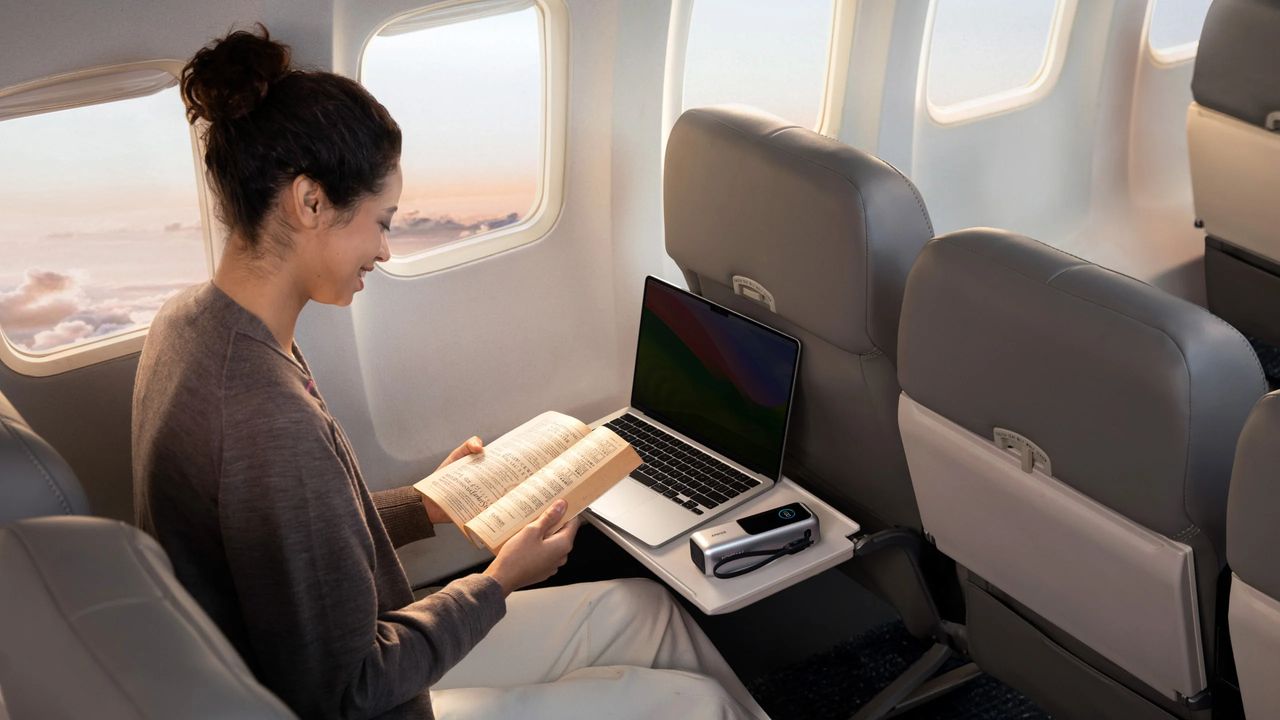
Understanding Power Banks and Their Role in Safe Travel
Power banks have become essential for modern travelers, offering a reliable way to keep devices charged during long journeys. Whether you're navigating through airport terminals, waiting on a delayed train, or staying in a hotel with unreliable power outlets, these portable batteries can be lifesavers. However, it's important to understand the potential risks associated with improper use or low-quality products.
The airline industry has strict regulations regarding power banks due to past incidents, such as the Galaxy Note 7 fires. These rules are designed to prevent accidents and ensure passenger safety. While most airlines follow similar guidelines, there are variations depending on the carrier and destination. It's crucial to familiarize yourself with the specific requirements of your chosen airline before traveling.
Key Considerations for Power Bank Safety
Capacity and Watt-Hour Ratings
Power banks are typically rated in milliamp-hours (mAh), but transport authorities use watt-hours (Wh) to determine their capacity. The conversion formula is:
Wh = (mAh ÷ 1000) × voltage
Most modern power banks operate at 3.7 volts, so a 10,000 mAh model equates to about 37 Wh. For travel, the general limit is 100 Wh without special approval. Units between 101 Wh and 160 Wh require airline permission, while anything over 160 Wh is usually not allowed on commercial flights.
Quality and Brand Reliability
Not all power banks are created equal. Cheap, unverified brands may lack the necessary safety features, increasing the risk of overheating or failure. Reputable brands like Anker, Iniu, CukTech, Ugreen, and Baseus are known for their quality and reliability. Some manufacturers are also starting to offer power banks with LiFePO4 (lithium iron phosphate) batteries, which are more thermally stable than traditional lithium-ion models.
If you have an older power bank that shows signs of damage—such as cracks, swelling, or excessive heat—it’s best to replace it before traveling. Always check for any recalls or safety alerts related to your device.
How to Travel Safely with a Power Bank
Carry-On Only
Power banks must be kept in your carry-on luggage and cannot be placed in checked baggage under any circumstances. If your bag is gate-checked, remove all power banks before leaving them with the airline.
Approval for Higher Capacity Units
If your power bank exceeds 100 Wh, contact your airline in advance for written approval. Failure to do so could result in confiscation at security checkpoints.
Understanding Airline Rules
Each airline has its own set of rules regarding power banks. Some restrict in-flight use, while others require power banks to be visible during charging. Domestic flights in China, for example, may require a 3C mark on the device. Always review your airline’s policy before departure.
Special Situations
Larger batteries used in tools, cameras, drones, or medical devices are subject to the same rules as power banks. If you’re traveling with such items, obtain prior approval from your airline. Mobility aids and medical devices often have different capacity allowances but still need to be declared in advance.
A Checklist for Safe Travel
- Check the capacity: Confirm the watt-hour rating and ensure it meets airline limits.
- Inspect for damage: Do not travel with a cracked, swollen, or overheating power bank.
- Get approval if needed: Contact your airline for any power bank between 101 Wh and 160 Wh.
- Verify airline rules: Review your airline’s specific policies for any additional restrictions.
- Pack properly: Keep power banks in your carry-on in an accessible and secure location.
Common Questions About Power Banks
- Are power banks allowed in checked bags? No, they must be in your carry-on.
- What does the 100 Wh rule mean? Up to 100 Wh is generally allowed without approval; 101 to 160 Wh requires airline approval; over 160 Wh is typically prohibited.
- How do I convert mAh to Wh? Use the formula: Wh = (mAh ÷ 1000) × voltage.
- Can I use a power bank during the flight? Most airlines allow it, but some prohibit in-flight use or require visibility.
- Do non-lithium batteries have the same rules? Yes, but they are generally safer and can go in either carry-on or checked luggage.
Disposing of Old or Damaged Power Banks
Proper disposal of old or damaged power banks is critical to prevent environmental hazards. Never throw them in regular trash. Instead, recycle them through e-waste or battery recycling programs. Many retailers, including Staples and Currys, offer in-store recycling options. Always inform recyclers if the power bank is swollen, leaking, or has overheated.
Airline-Specific Policies
Policies vary by airline and region. For example: - American Airlines: Up to four power banks under 100 Wh allowed without approval. - British Airways: Up to four power banks under 100 Wh allowed without approval. - Emirates: Up to 20 power banks under 100 Wh allowed without approval. - China Airlines: In-flight use is forbidden.
Always check the latest guidelines from your airline before traveling, as rules can change frequently.
By following these guidelines, you can ensure a safe and stress-free journey with your power bank. Stay informed, choose quality products, and always prioritize safety.
